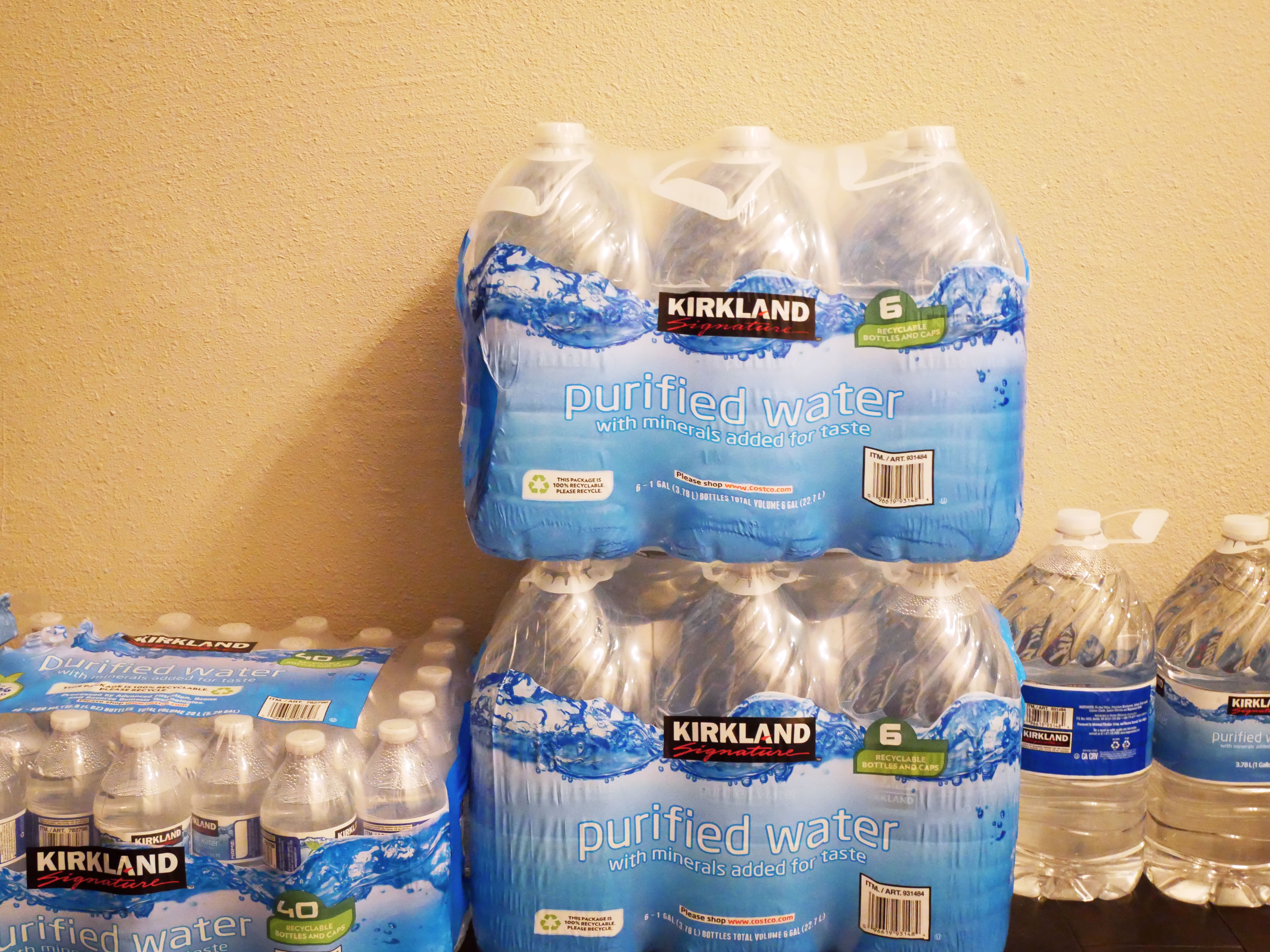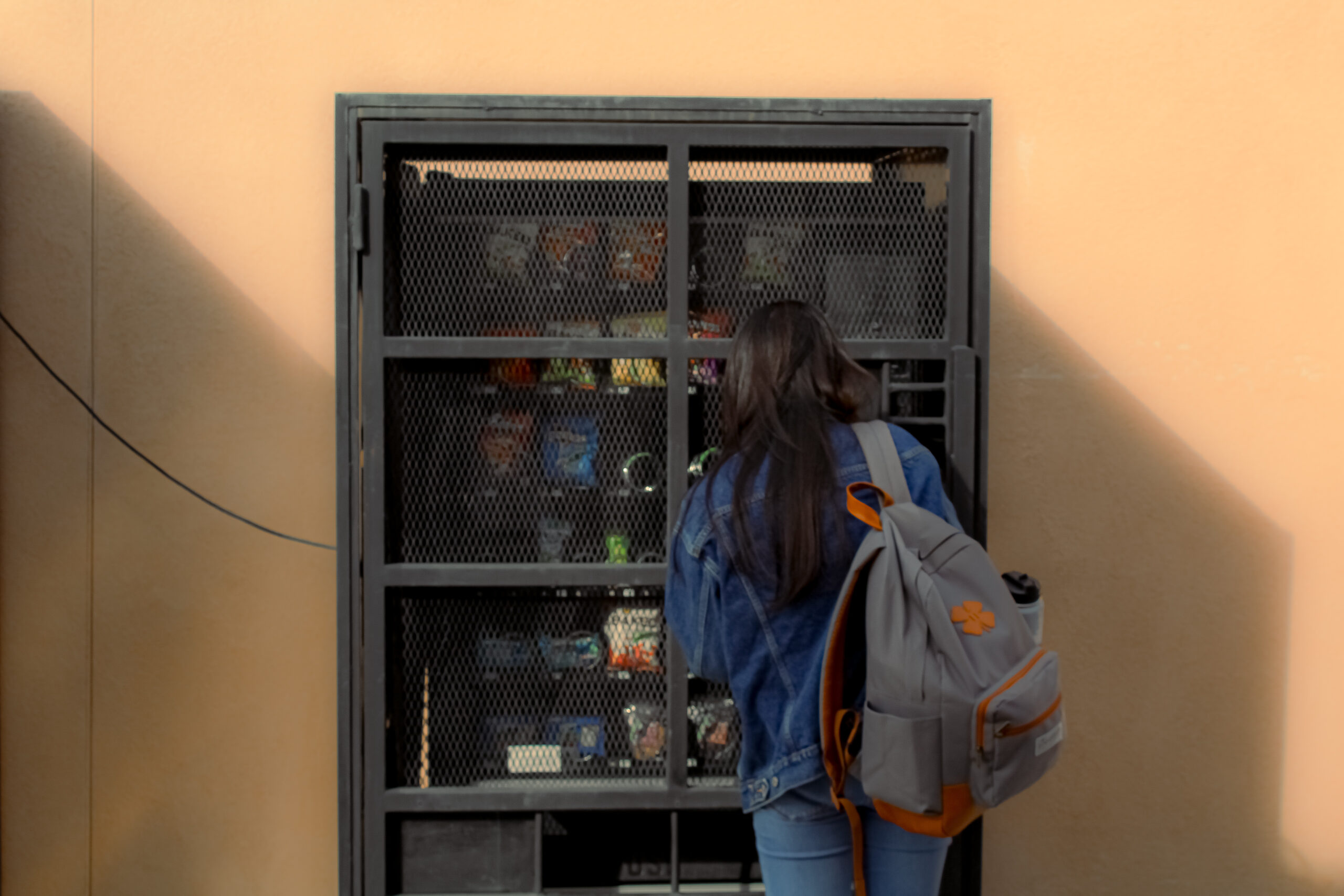
By Brandon Nguyen
On Sept. 6, California Governor Gavin Newsom released a video on Twitter calling on Californians to reduce their energy consumption in face of the sweeping heatwave. He stresses tips about cooling your home earlier in the day, turning up your thermostat and to avoid using large appliances. The problem is, in the video, Newsom is indoors wearing a sweater in an obviously cooled-down room.
While people on Twitter and political pundits went into a flurry pointing out the Governor’s hypocrisy, it speaks to the larger issue that we cannot rely on our politicians to be honest to us. This is another case of a “rules for thee, but not for me” where the politicians create rules that are an inconvenience to us and then break those same rules. With this hypocrisy in mind, it is important to let our government know we are paying attention and are serious when it comes to the jeopardy of our energy grid and planet. Here are three ways to get our government to push for more environmentally-friendly policies.
Write to Them
Constituents are able to write to the Governor’s office by sending lettered mail or through email. In these letters, it is important to stress the urgency of the climate crisis and how its effects will impact future generations. For many Fountain High School students, this means the deterioration of our beaches, hotter Santa Ana winds and devastation of our public parks. Furthermore, writers should include their own take on what is a more rational alternative such as switching entirely to renewable energy or phasing out fossil fuels in a steady process. The truth is, few constituent letters actually get read by the Governor so it is important the few responses he does read are comprehensive and make a strong impression on him.
Students are not only limited to the Governor’s office as well, they can also contact their local Congressperson, Assemblymember, State Senator, and even U.S. Senator in order to get their voice heard. It may be worth looking into your local city council member as well. Exploring all these different avenues allows for an increased chance to get a response and hopefully, a coordinated effort that is necessary to get these policies enacted.
Post on Social Media
With how rapid the news cycle is, social media is a sure-fire way to grab the attention of a large number of people quickly. There are already many established social media accounts that create content that can be easily shared on Instagram, Twitter, Snapchat, etc. that advocate for many environmentally-friendly policies. Students should also try commenting in the comments section of the account of politicians as well to grasp the attention of other viewers. If a comment or tweet goes viral, it will often get covered by the new stations that will surely get the attention of politicians. Ambitious or artistic students may even try to create their own content.
It is important to present information in a digestible way, while being aesthetically pleasing. Think about putting beautiful scenes of nature and showing areas where the environment has been damaged. One of the strongest advantages of social media is being able to use images that can create an impression on viewers and expose the effects of deforestation and pollution. Another advantage of social media is maintaining a social media presence and being able to keep an active audience that puts constant pressure and discussion about these issues.
However, students looking to use social media should be wary about the negative downsides as well. Engaging in political discourse on social media is sure to get push-back from trolls or haters that may send threatening or disparaging messages. In order to deal with this toxicity, it is important to unplug and take breaks and always keep in mind it is only the internet. There are avenues to create content without ever revealing your identity and keep in mind you are doing it for the right cause.
Protest
Protesting is by far the most time-consuming and exhaustive way to push our politicians, but the most effective. Students can effectively protest by creating signs through many affordable options such as using liquid paint and a paintbrush or spray painting. There are many creative options such as creating logos on T-shirts and holding banners. Try to use colors related to the environment such as green and blue. Protesting is most effective when there is a large group of people doing it collectively so try to encourage your friends to tag along with you. Students can either try to help organize a protest or join a protest. Either way, there are many avenues to get involved such as joining a political campaign, activist group, nonprofit, etc. Many of these organizations have resources already paid for that make it easy for students to get involved.
Once involved, it is great to think of a catchy, concise slogan that sends a clear message. This shows unity when the chant is repeated and can attract more attention. Once a coalition is created, students should try to show up to events where politicians are at, which can usually be found by signing up for their newsletters or browsing through their social media accounts. There will usually already be a crowd or supporters so protests should always remain respectful and keep a reasonable distance. If students are nervous about potential counter-protestors, they should show up to the politicians’ offices and protest there where there are usually no people. Before protesting, students should be fully informed of their 1st Amendment rights and what they are allowed to say and not allowed to say.
Don’t stay ignorant
The interests of high school students and younger people are often ignored because they vote in lower numbers than older voters. However, with the ever-increasing intensity of hurricanes, flooding and forest fires, the time is now to get involved and work at these issues before it is too late. The options to get involved are not only limited to the aforementioned methods, keep creative and up to date with the news: join a club at school, tell your friends, volunteer.
With already enormous momentum behind the climate movement, students if they remain persistent can get the results they want and see action on important environmental issues. While things may feel unmovable, a study found that every major protest in the world that succeeded took 3.5% of a country’s entire population. Given that fact in mind, it is time for students to no longer stay ignored and go out to change the world.





